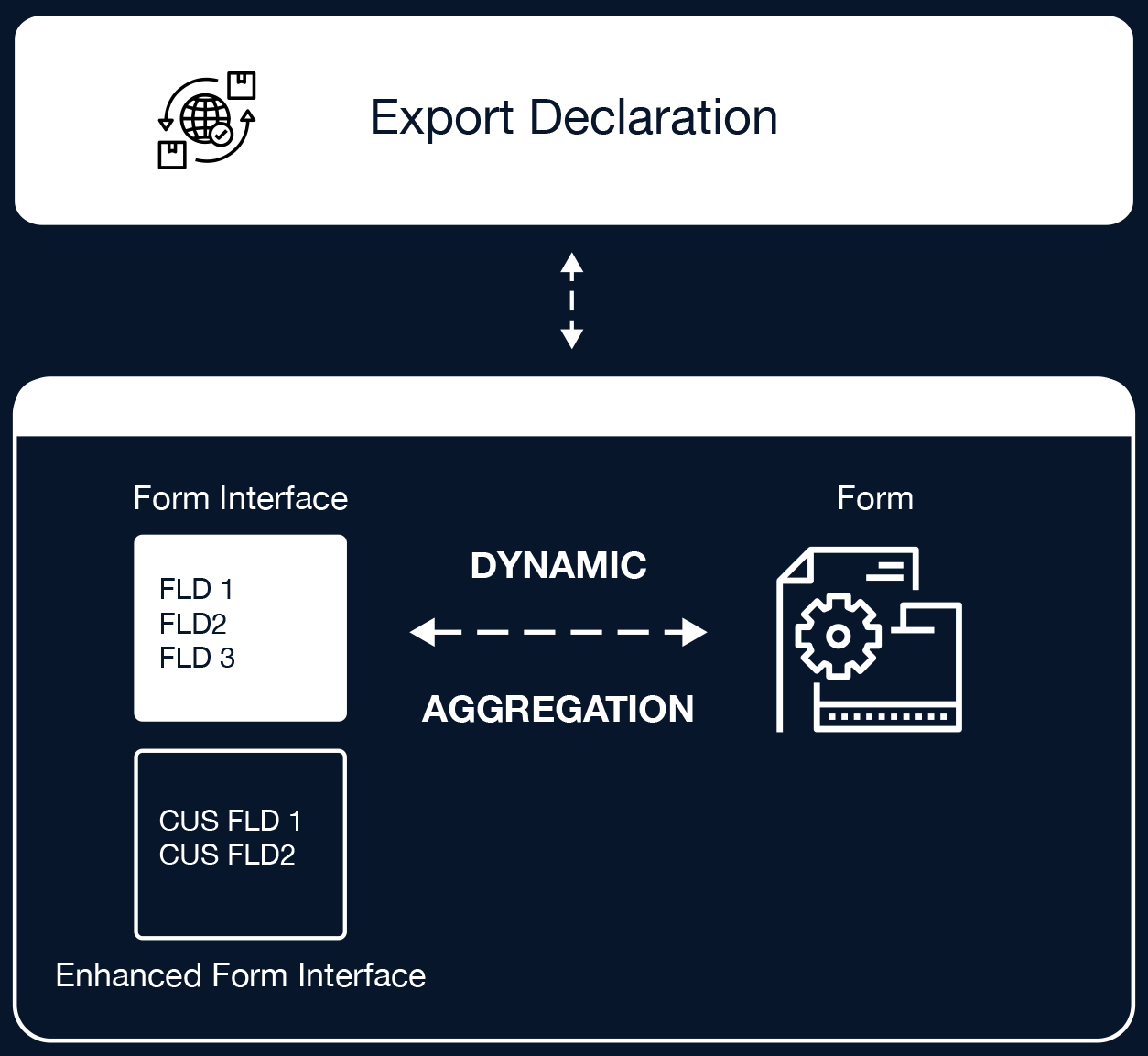Export Document Framework

The Protein and Agribusiness Industry is a vital part of the global economy, with a wide range of products that are traded internationally. These products include animal-based protein, plant-based protein, and packaged goods.
While international trade presents significant opportunities for the Protein and agribusiness, it also brings attendant challenges and issues.
In this white paper, we will explore some of the major issues facing the Protein and Agribusiness Industry in international trade and propose solutions for addressing these issues.
The Protein and Agribusiness industry is a complex and highly regulated industry, with a wide range of products that are subject to different regulations and standards in different countries. Exporters must navigate a complex web of regulations, certifications, and documentation requirements to ensure that their products meet the standards of the importing country.
U.S. meat processors that want to export beef to a foreign market would first need to ensure that their product meets the requirements of the importing country, which may have specific regulations regarding the type of meat, the way it is processed, and the packaging and labelling requirements.
To facilitate this process, the USDA’s Food Safety, and Inspection Service (FSIS) provides the meat processor with information on the importing country’s requirements and also conducts a pre-export inspection to ensure that the meat meets those requirements. The FSIS issues an export certificate, which certifies that the product has been inspected and meets the importing country’s requirements.
The USDA’s Agricultural Marketing Service (AMS) also plays a role in facilitating the export process. They provide the meat processor with information on foreign market opportunities, trade policies, and tariffs, as well as help connect the processor with potential buyers in the target market. The AMS also aids with marketing and promotional activities to help the processor increase their exports
Overall, the USDA’s efforts help to facilitate the process of exporting protein products by providing information and support to U.S. meat processors, and by ensuring that their products meet the requirements of foreign markets. This helps to promote the growth of the U.S. agricultural sector, as well as support economic growth and development in foreign markets.
To facilitate the process of exporting protein products from the USDA, a wide range of documentation is required. In a typical project for agribusiness/Protein exporters as a part of the GTS project at least 50+ unique PDF forms are created in the GTS system and generated/printed by users within the GTS system. These forms support both USDA compliance, customs compliance, and general logistics processes.
The creation of many PDF forms is a complex undertaking, and the mixture of USDA, Shipping/Logistics, and financial forms require a wide range of different data elements; many data elements also have complex sets of rules to determine the output based on various conditions within the system. Additionally, it’s critical that, although there are many unique forms, the output content must be extremely consistent across all forms to avoid compliance issues or document rejection
To facilitate this complexity and maintain consistency across all forms, a single form interface framework can be utilized to pull information required across all the different forms.
The form interface framework is the code that gathers all the data for a given form, so by using a single interface across all forms:

The single form interface framework will support the following functions

Receive information from the standard GTS print structures. This data structure is a direct summary of the information of the customs declaration.

Enhance with information from custom fields in the GTS such as the production dates and plant addresses related to a product.

Enhance with information from any assigned GTS Letter of Credit.

Enhance information related to certificates like Halal, Phytosanitary etc.

Perform logics to calculate all specific data elements (for example, the system will take the information from the Species/Secondary Species field and determine if Nature of Commodity field on from 2360-6 Macedonia should print “Bovine or Porcine”). Later if that same field is needed on another form, the data element can be re-used without additional coding or design.

Aggregation – While many forms used across industries utilize the concept of Header/Item, the forms we typically develop for Agribusiness and Protein industry have a lot of diversity in what makes up a line item, for example on a single customs declaration:

In conclusion, the export of Protein and food products is a critical component of the agribusiness industry. However, there are several challenges that can hinder the ability of companies to export their products to foreign markets.
To address the challenges of exporting protein products from the USDA or any other agencies with a wide range of documentation requirements, the described solution of a SAP GTS documentation framework can help businesses automate the documentation of the exports in an agile way.